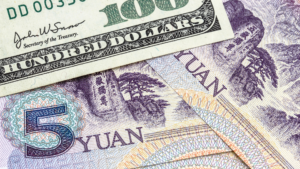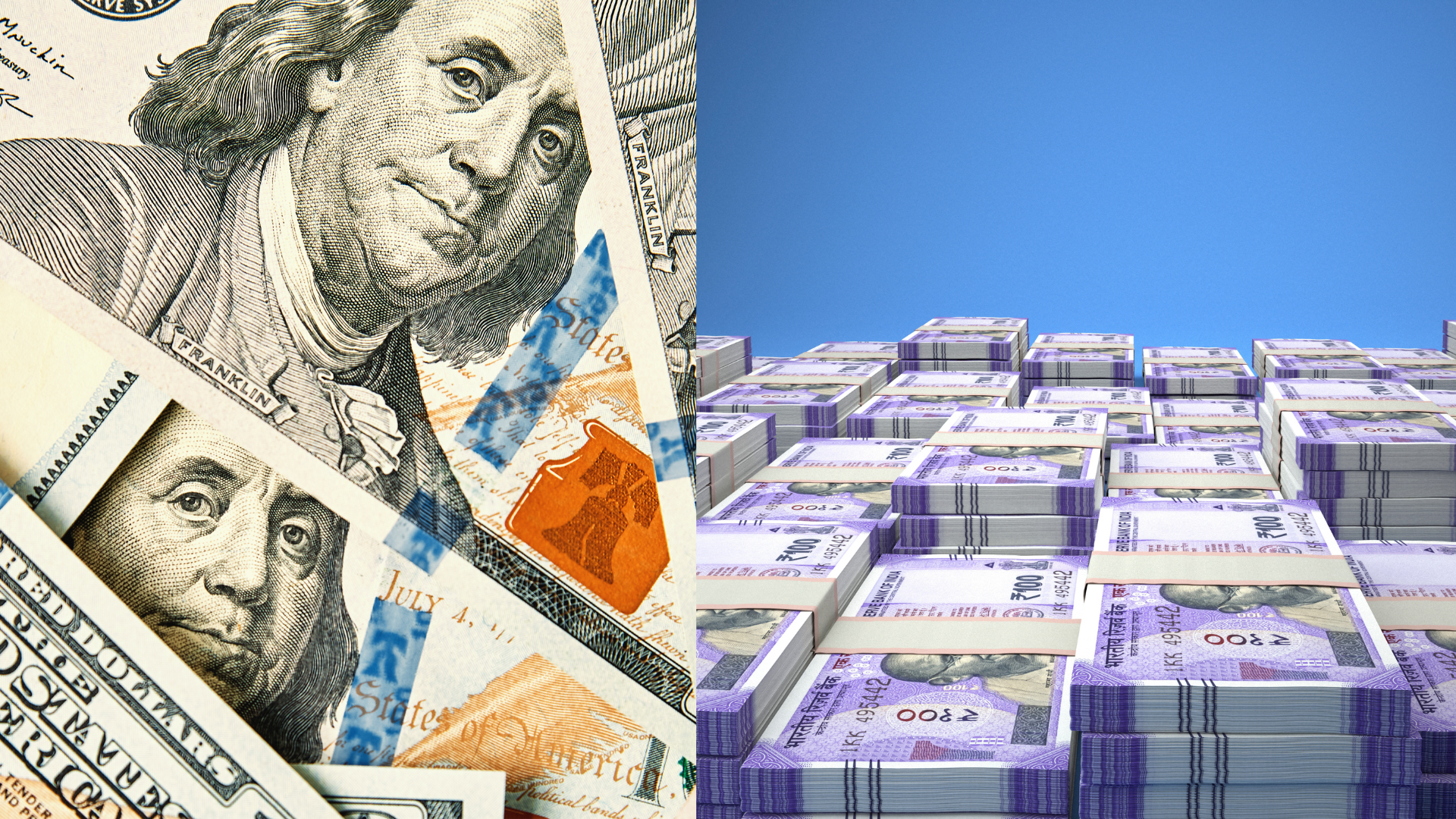The Indian rupee (INR) weakened against the US dollar (USD) as increased foreign fund outflows and renewed demand for the greenback pushed USD/INR higher. The pair extended gains as investors moved capital away from emerging markets, adding pressure on the rupee.
A sharp rise in foreign institutional investor (FII) outflows has been a key driver of the rupee’s decline, with concerns over global economic conditions prompting a shift toward safe-haven assets. The dollar remained firm as traders continued to favor US Treasury yields, which have provided attractive returns in a high-interest-rate environment.
Additionally, strong US economic data has reinforced expectations that the Federal Reserve may keep rates elevated for longer, further boosting the dollar. This has widened the gap between the Reserve Bank of India’s (RBI) policy stance and the Fed’s approach, making the rupee more vulnerable to external pressures.
Despite the rupee’s recent weakness, RBI intervention has helped limit sharp declines. The central bank has been actively managing volatility, stepping into the market when needed to stabilize the currency. However, sustained foreign outflows and persistent dollar strength continue to challenge efforts to keep USD/INR in check.
Broader global risk sentiment also plays a role, with geopolitical uncertainty and concerns over slowing growth in key economies influencing capital flows. Any further escalation in risk aversion could drive additional demand for the US dollar, exacerbating pressure on emerging market currencies like the rupee.
For now, traders are watching upcoming US and Indian economic data, as well as central bank commentary, to gauge USD/INR’s next move. If the trend of foreign outflows persists and the dollar remains firm, the rupee may face continued headwinds, keeping USD/INR on an upward trajectory in the near term.













